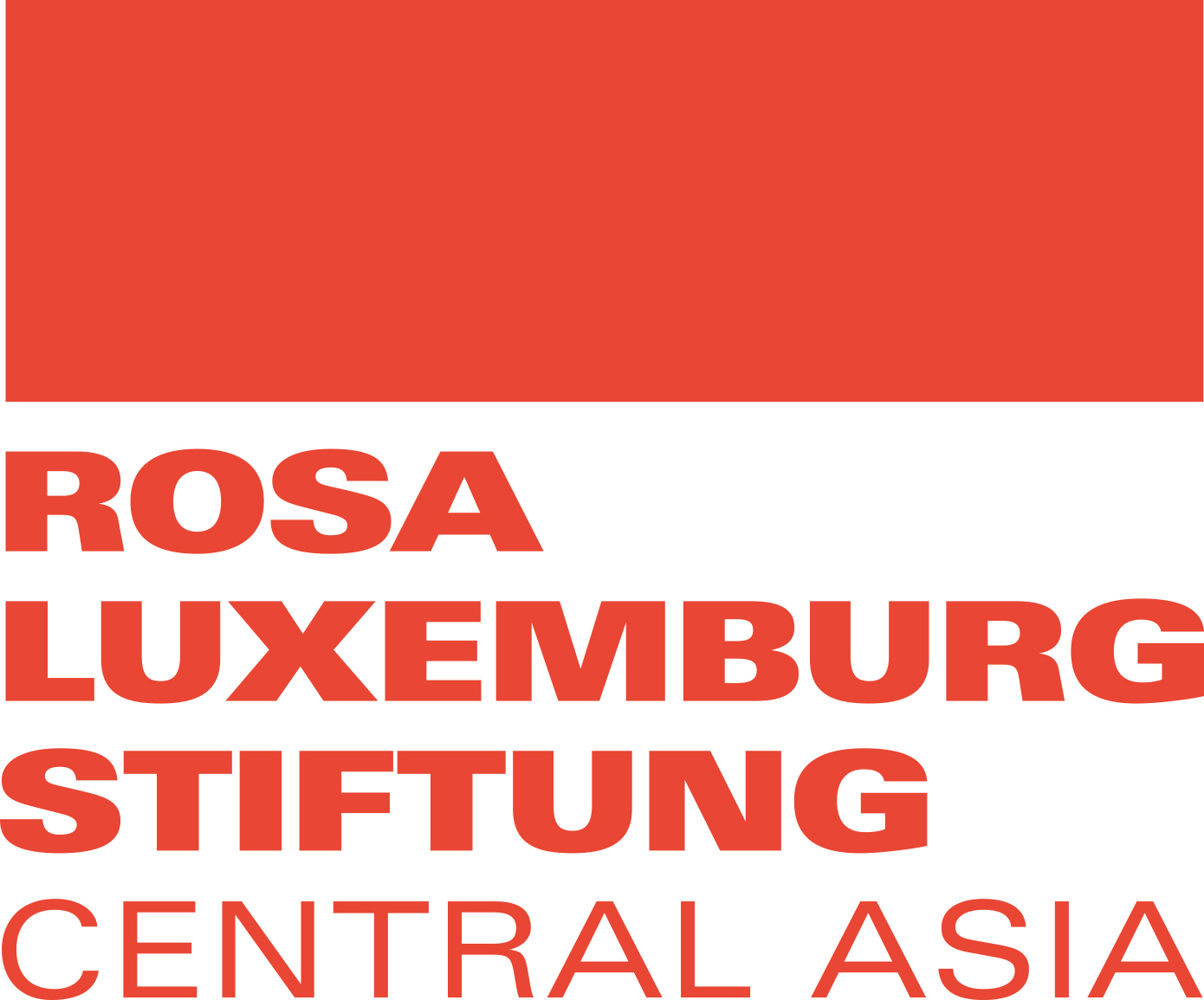2 September 2020
"World War II: The Contribution of the Peoples of Central Asia to the Victory (View from Kazakhstan)" (online discussion, 2 September 2020)
Kazakhstan
RLS Representative Office in Central Asia
RLS Representative Office in Central Asia

The RLS Representative Office in Central Asia held an online discussion on 2 September 2020 to mark the 75th anniversary of the end of the Second World War. Experts and scholars in the field of history, social science and culture from Kazakhstan took part in the discussion.
As is known, the citizens of the Central Asian republics made a great contribution to the victory over Nazi Germany, Japan and other Axis countries, along with the rest of the peoples of the USSR and its allies.
Thus, during the war, 16 per cent of the population of these republics (3.7 million people) joined the Soviet army from Kazakhstan and Central Asia. At the same time, every third person died at the front (1.3 million). Given the small population of the Central Asian republics at that time, these losses were enormous and irreplaceable.
In addition to the direct participation of servicemen from Kazakhstan and Central Asia in combat operations on the fronts of World War II, Central Asia made a great humanitarian contribution to the victory by becoming a place for large-scale evacuation of the population and enterprises of the USSR. The Central Asian republics became a refuge for three million Soviet citizens (including internally displaced persons deported from Crimea and the North Caucasus) and a production site for three hundred industrial enterprises evacuated from the European part of the Soviet Union in 1941.
At the same time, a number of important institutions of science, culture and education of the USSR were evacuated to Kazakhstan and Central Asia, which were allowed to continue their activities during the war. In Alma-Ata, Tashkent, Frunze (Bishkek), Ashgabat and some other major cities of the region, famous Soviet scientists, artists, artists and musicians, figures of other fields of culture, teaching staff of the leading Soviet universities continued their work.
The war not only greatly changed the economic structure of the Central Asian republics, orienting it towards the production and transportation of mineral and raw materials, metallurgical and defence products.
Socio-cultural changes were important for the region, as the influx of highly educated and cultured elite from the European part of the Soviet Union evacuated the region. These newcomers were organically integrated into the life of the Central Asian republics. Throughout the war years, the best forces of the Soviet intelligentsia fuelled the intellectual and vital energy of local cultural and scientific life, the systems of republican enlightenment, education and health care.
This helped to raise the level of teaching in local higher and secondary educational institutions, journalistic skills, publishing, the quality of radio broadcasting, the intensity of cultural life, literary and other creative work. In Tashkent, Alma-Ata, Frunze (Bishkek), Ashgabat and some other major cities, local theatre, scientific, literary, art and music schools and film studios sprang up thanks to the activities of the evacuees.
As is known, the citizens of the Central Asian republics made a great contribution to the victory over Nazi Germany, Japan and other Axis countries, along with the rest of the peoples of the USSR and its allies.
Thus, during the war, 16 per cent of the population of these republics (3.7 million people) joined the Soviet army from Kazakhstan and Central Asia. At the same time, every third person died at the front (1.3 million). Given the small population of the Central Asian republics at that time, these losses were enormous and irreplaceable.
In addition to the direct participation of servicemen from Kazakhstan and Central Asia in combat operations on the fronts of World War II, Central Asia made a great humanitarian contribution to the victory by becoming a place for large-scale evacuation of the population and enterprises of the USSR. The Central Asian republics became a refuge for three million Soviet citizens (including internally displaced persons deported from Crimea and the North Caucasus) and a production site for three hundred industrial enterprises evacuated from the European part of the Soviet Union in 1941.
At the same time, a number of important institutions of science, culture and education of the USSR were evacuated to Kazakhstan and Central Asia, which were allowed to continue their activities during the war. In Alma-Ata, Tashkent, Frunze (Bishkek), Ashgabat and some other major cities of the region, famous Soviet scientists, artists, artists and musicians, figures of other fields of culture, teaching staff of the leading Soviet universities continued their work.
The war not only greatly changed the economic structure of the Central Asian republics, orienting it towards the production and transportation of mineral and raw materials, metallurgical and defence products.
Socio-cultural changes were important for the region, as the influx of highly educated and cultured elite from the European part of the Soviet Union evacuated the region. These newcomers were organically integrated into the life of the Central Asian republics. Throughout the war years, the best forces of the Soviet intelligentsia fuelled the intellectual and vital energy of local cultural and scientific life, the systems of republican enlightenment, education and health care.
This helped to raise the level of teaching in local higher and secondary educational institutions, journalistic skills, publishing, the quality of radio broadcasting, the intensity of cultural life, literary and other creative work. In Tashkent, Alma-Ata, Frunze (Bishkek), Ashgabat and some other major cities, local theatre, scientific, literary, art and music schools and film studios sprang up thanks to the activities of the evacuees.
Speakers:
- Dr. Bulat Sultanov, Doctor of Science, Professor, Director of the Institute of International and Regional Cooperation of the Kazkhstan-German University"Impact of the Second World War on geopolitical and strategic changes in the Central Asian region"
- Dr. Laila Akhmetova, Professor of the Kazakh National University named after Al-Farabi"Furious 1941: Kazakhs in Brest Fortress and Panfilov Division (new facts, findings, reflections)"
- Dr. Gulnara Mendikulova, Professor of History, Professor, Department of Social Disciplines, Satbayev University"New archival documents on the participation of Kazakhs in the Second World War"
- Zitta Sultanbayeva, artist, art journalist and art critic, author of the book "Art Atmosphere of Alma-Ata""Influence of evacuated intellectuals on the development of Kazakhstani culture"
More information about the project is available on the Russian-language page of the website.

